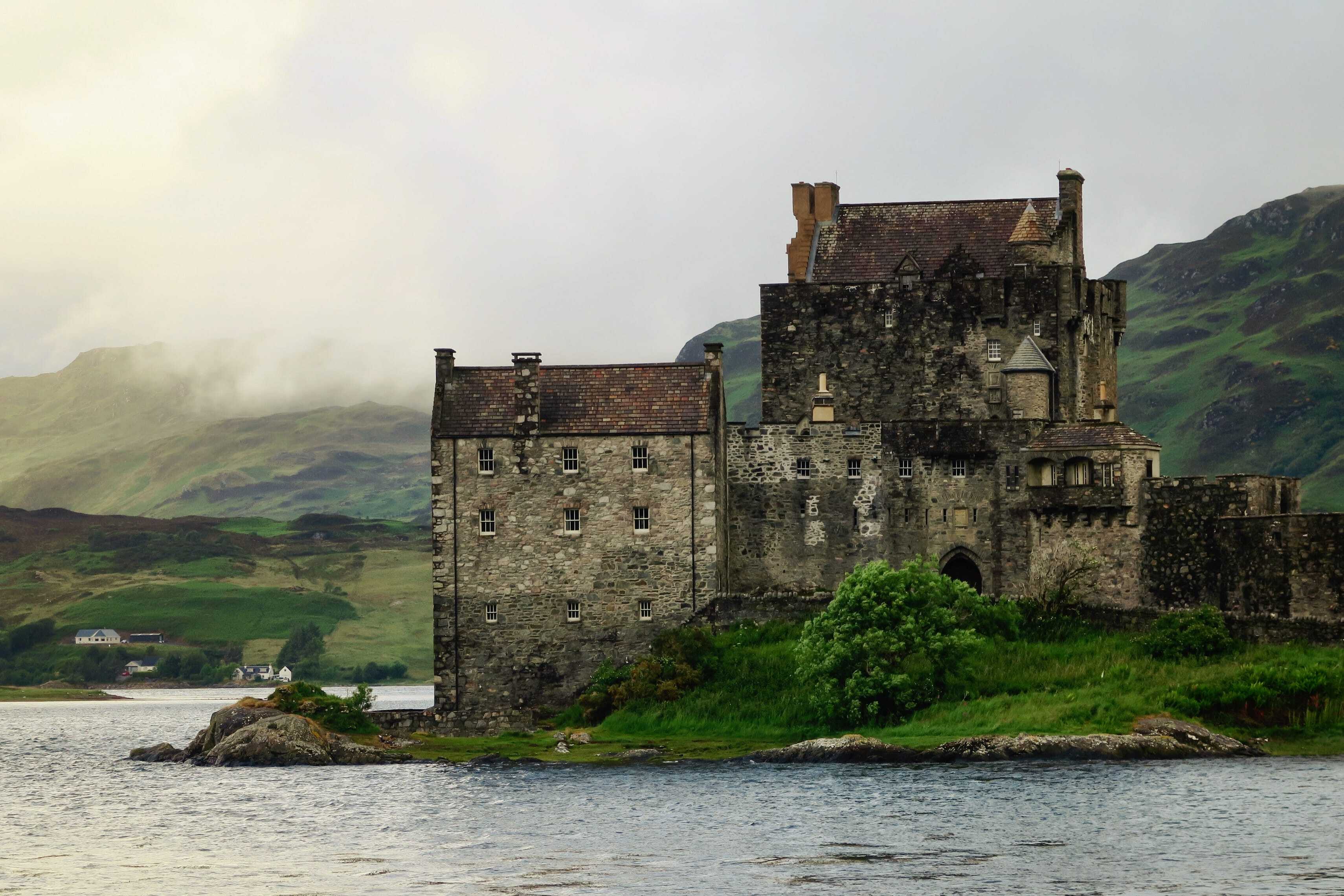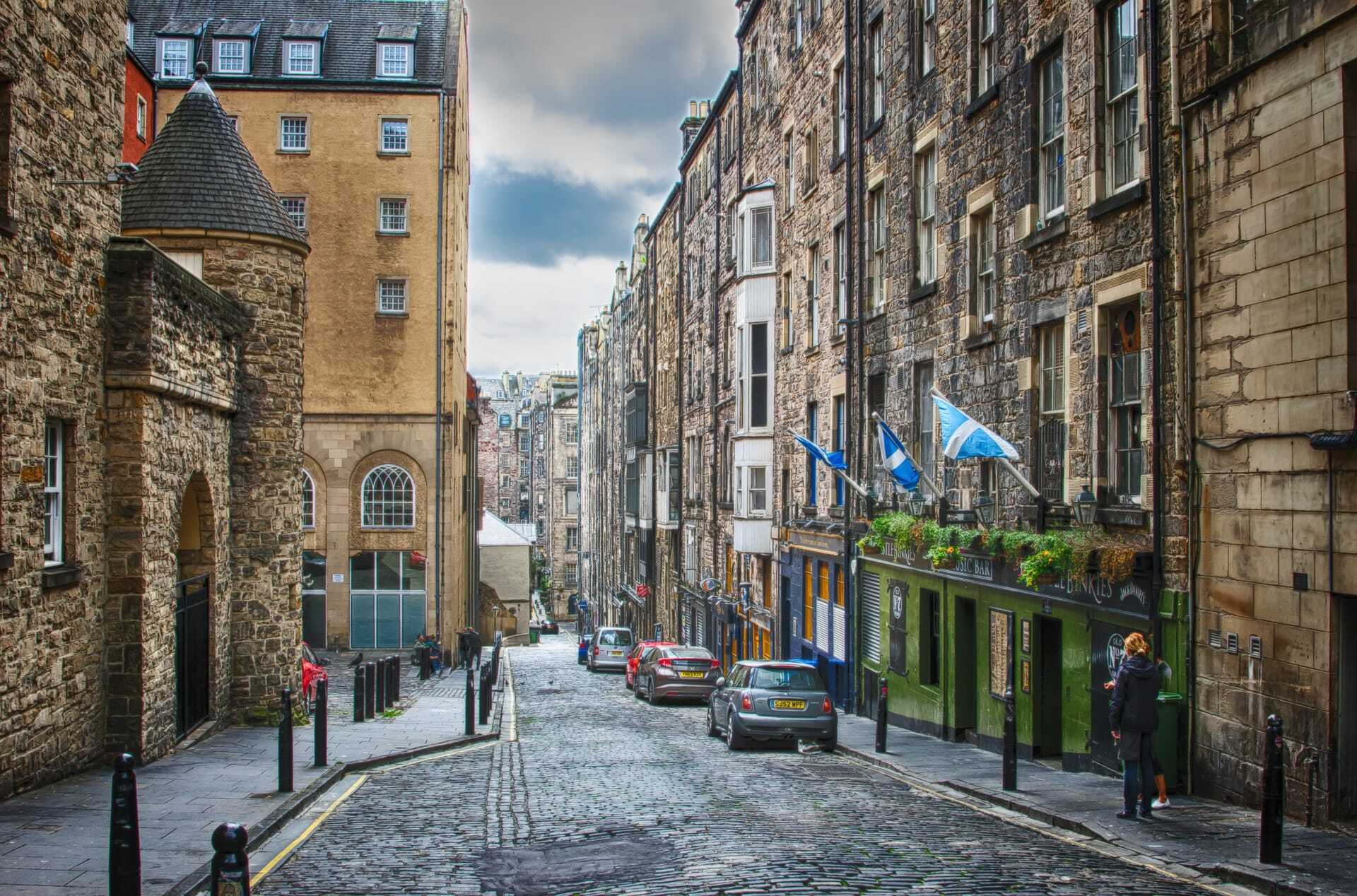With vast highlands, countless valleys, and numerous seemingly bottomless lochs, Scotland’s diverse nature is complemented by stunning castles, historic battlefields, countless museums and distilleries, and much more. Could you belong to an ancestral clan that once roamed the landscapes and paved the way for such a long and vivid history? Could your clan or family have castles that still stand to this day, or are there ruins for you to explore and retrace the steps your ancestors once made? There is so much for you to learn about the villages, glens, and communities that your forefathers once lived in and travelled through.
Cut to the chase, can I find out if I have Scottish ancestry?
Absolutely. In fact, Scottish ancestry is very common, with more than 50 million people on earth claiming to have ancestry from these lands. All you have to do is test your genetics with a DNA kit.
There’s even more good news, Scotland is recognised as one of the world leaders in documenting their past and especially family history. This has resulted in the Scottish boasting one of the best-kept set of family records in the world, much of which is digitally accessible and is constantly being updated to make it even more complete. There’s a well-documented paper trail going all the way back to the 1500s, compiling things such as charters, land records, birth papers, wills and more. At both a national and a local level people will be about to find out even more details about their heritage.
How quick and easy is it to find out more about my potential Scottish ancestry?
The quickest and easiest way to find out about your potential Scottish ancestry is to take a genetic DNA kit through Living DNA. With the market’s most informative results, we can provide the key answer to one of your life’s great mysteries, even providing sub-regional ancestry. Sub-regional ancestry is important because Scotland is a big place with a lot of clan history and a lot of information stored at a local level. Knowing which region to begin looking in will help you a great deal.

What else can I learn from a genetic DNA kit?
The DNA kit will look at various genetic markers to help uncover some interesting information about your:
- Recent ancestry - exploring a potential 500 years of fascinating ancestry
- Sub-regional ancestry - providing the industry’s most advanced sub-regional information about where your ancestors and their clans once lived
- Extended ancestry - taking a look back tens of thousands of years on your ancestors’ global journeys to see how they ended up where they did, and what journeys they may have made to Scotland
- DNA matches - seeing if any other DNA testing customers come up as a biological match with you!
As well as our genetic DNA kit, we recommend using the following resources to gather as much available information about your scottish ancestry as you can to help build a clearer picture:
- Scotland’s People Centre - the central building of the official government resource for family history research
- National Records of Scotland
- Scotland’s People - since 1998 the National Records of Scotland have made their genealogy information publicly available online, with around 100,000,000 individual records and regular updates
- Glasgow Family History
- FreeCEN - UK Census Records
- Scotland’s People
- GENUKI - UK & Ireland Genealogy
What else might I discover alongside my Scottish ancestry?
There’s a great deal to be learned along with the confirmation of your Scottish ancestry. You, and many others like you, commonly in Australia, New Zealand, the Falkland Islands, the USA, and Canada, can begin a lifelong research process to better understand your ancestral roots, to find out if you have any living connections or relatives there, and whether it’s worth paying a visit to breathe in the air of your ancestral ‘home’.
Good to know: If you have red hair, you might not be surprised to find out that you have Scottish ancestry, as 13% of Scots have red hair and 40% of Scots carry the red hair gene.
The Scots are those who are native to Scotland, and they come from a combination of two large groups of Celtic-speakers known as the Picts and the Gaels, who worked together in the 9th century to form Alba, what we know today as the Kingdom of Scotland. Cumbrians, Anglo-Saxons, and the Norse also played a role in the early stages of the Scottish Kingdom. In the 8th century, a large influx of people came from England, France, and the Low Countries, bringing with them surnames that are now very common, such as Bruce, Murray, and Stewart.
In modern times, the Scottish have emigrated all around the world, largely due to industrial decline and the search for work, the participation in the British Empire, and also the Highland and Lowland Clearances which is when urbanization and agricultural reform took place in Scotland. With a relatable climate and an abundance of nature, Canada became the natural second home of the Scots and can now boast having the highest level of Scottish descendants per capita and the second-most Scottish descendants by number (the USA being first) in the world.
So, as well as finding out that you have Scottish ancestry, you might discover why your ancestors left and where they travelled to along the way. You might even find out where your ancestors came from before they went to Scotland. For many generations, proud Scots have left their nation to explore the world beyond, for whatever reason, often settling in far-flung corners of this beautiful planet. Along the way, they have helped to build and share Scotland’s international image and kept parts of the culture and heritage alive.

What genetic markers are being searched for?
There are many genetic markers being searched for, but only a few will help identify whether you have Scottish ancestry or not. The main haplogroup is called R1b-M269, which originated in western Europe and is an important Y-DNA haplogroup found among Scottish men.
Other common Scottish ancestry lines carry the following haplogroups: E-M2, E1b1b1-M35, E1b1b1a1b-V13, G-M201, I-M170, I1d-L22, I1d-P109, I1-M253, I2a-L160, I2a-M423, I2a-P37.2, and J2-M172, among others.
How to prove my Scottish ancestry?
All that’s left to do now is take the genetic DNA test and find out if your wee hunch is correct. That feeling that because of your name, your appearance, or your family legacy, you may have Scottish ancestry can be quickly confirmed by ordering your Living DNA ancestry kit. Good luck on your journey!
